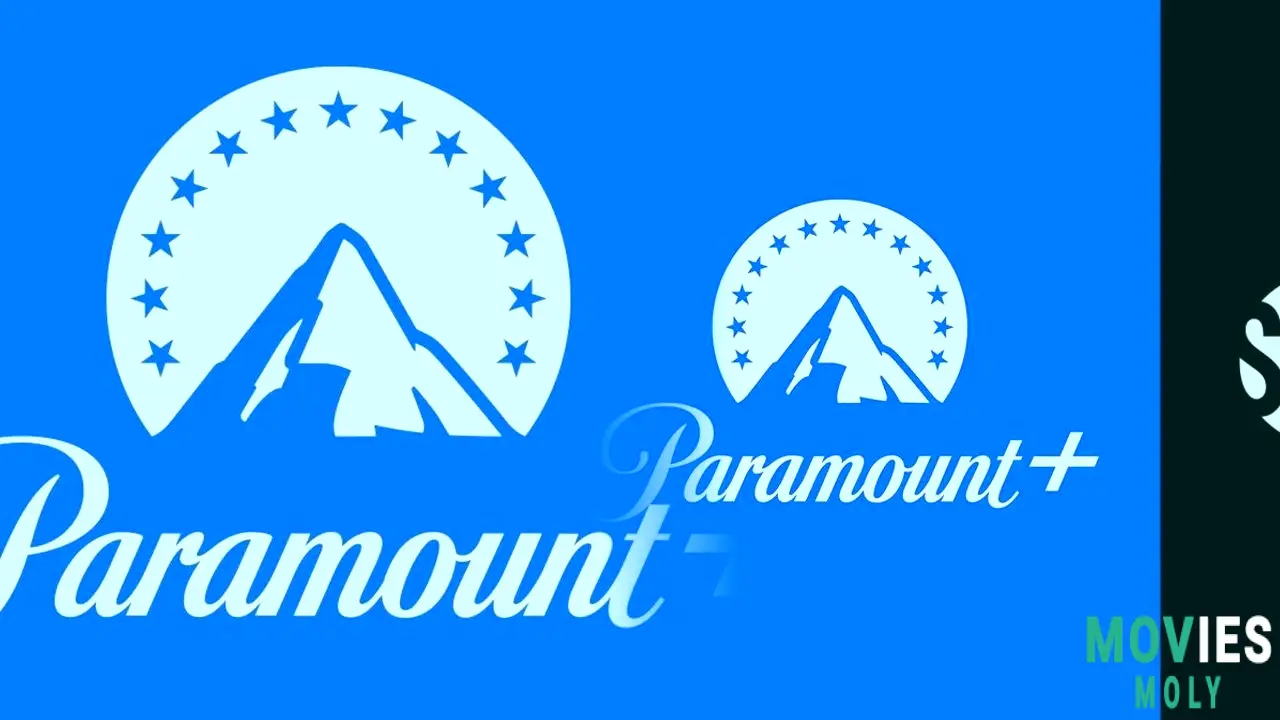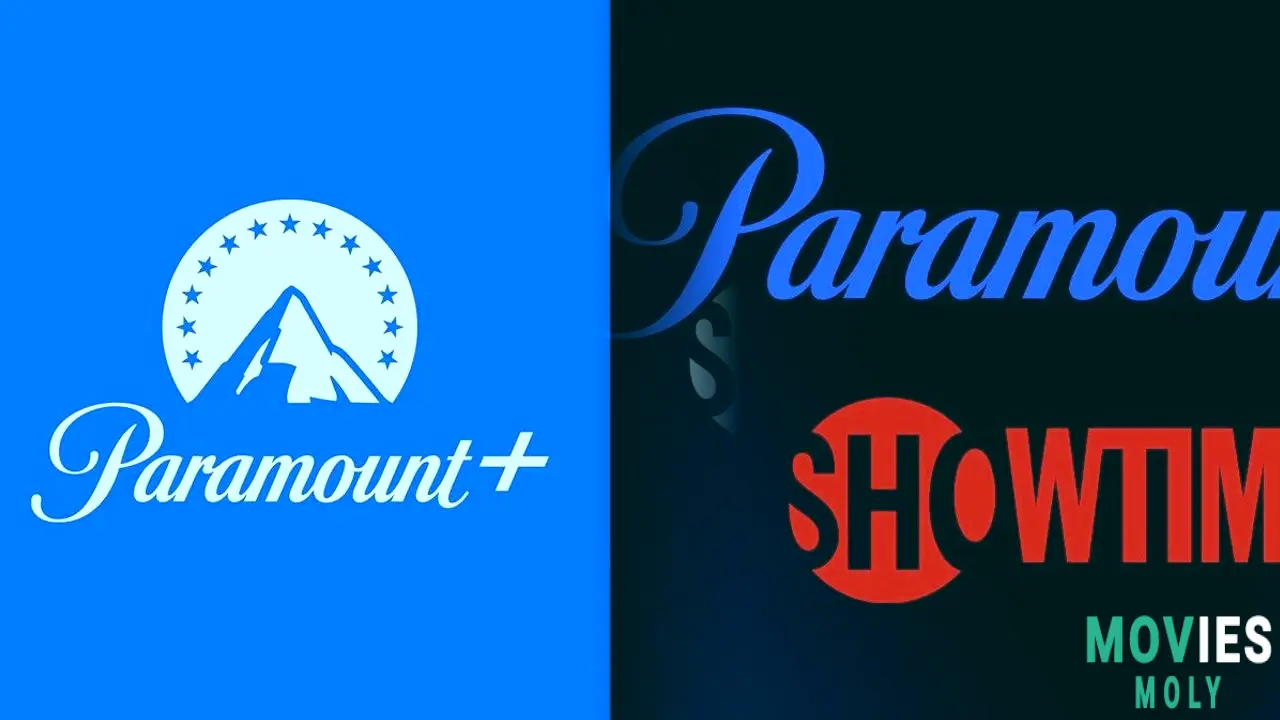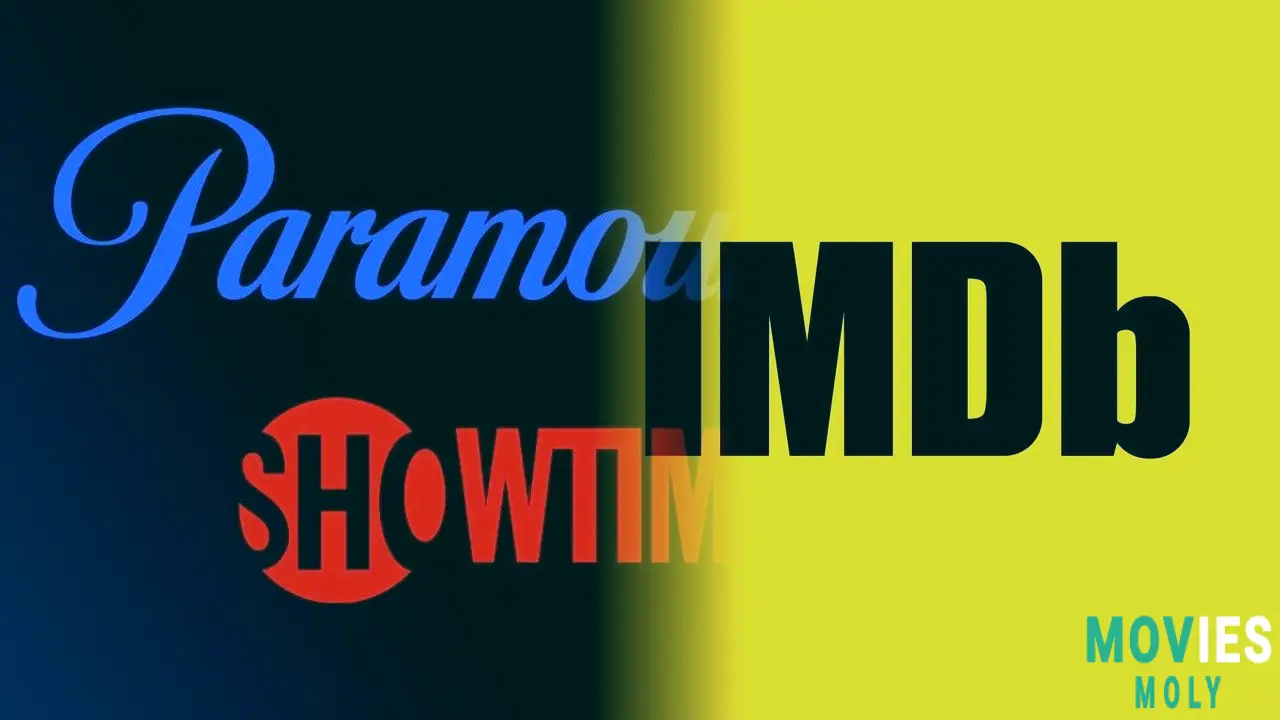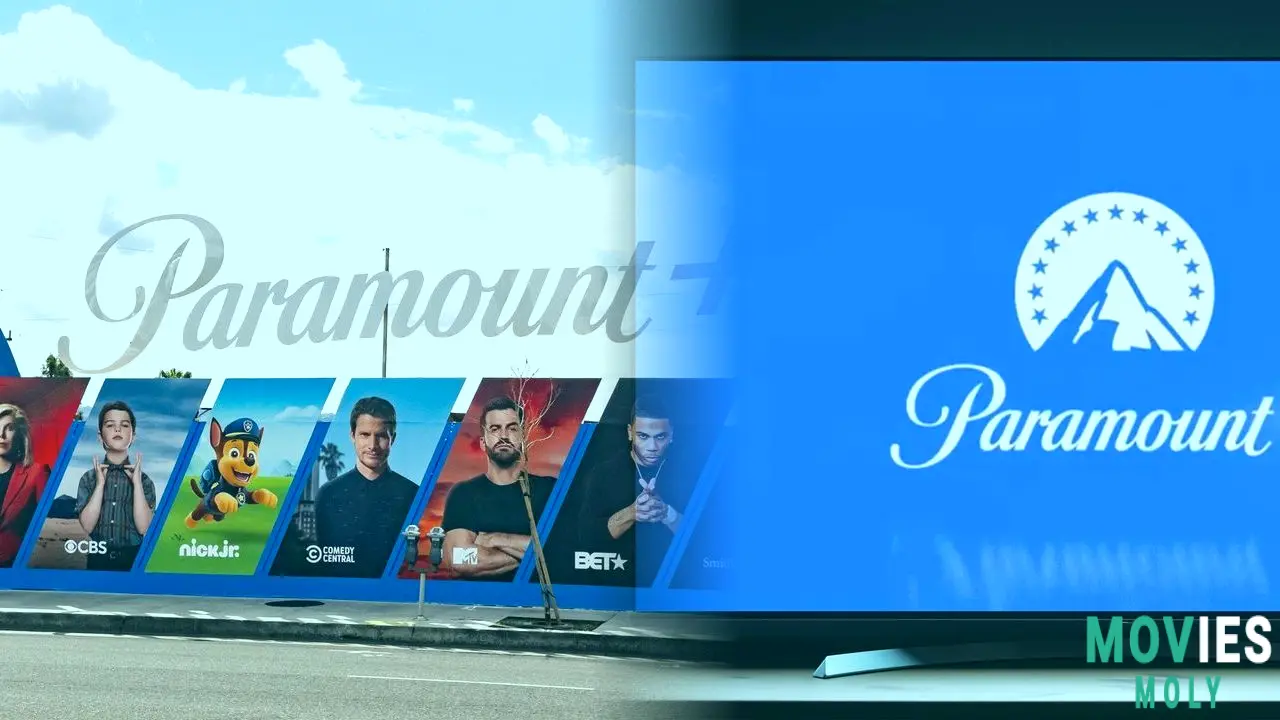It can be hard to figure out how to use streaming services because the elements are always changing. We've seen platforms combine content, change prices, and, most annoyingly, change their names. Recently, Paramount+ became one of the streamers that did this. The ad-free streaming service, which used to be dubbed Paramount+ with Showtime, is now just called Paramount+ Premium. This may seem like a tiny matter, but for myself and many other subscribers, it makes things even more complicated. This frequent rebranding hurts subscribers and suggests that the streaming business as a whole is having bigger problems.
I think streaming should be easy. I want to choose a service, know what I'm getting, and watch my shows without having to figure out my subscription using a flow chart. These constant changes to the name seem like a distraction from what should be the main goal: making sure quality material is always available. There's no doubt that these businesses are attempting to figure out how to be successful in a market that is already full of them. But do these name changes actually help? I have to question if they are driving away loyal customers instead.
The most recent name change is just one more thing that makes it hard for Paramount+ subscribers.How to Understand Paramount+'s Premium Tier Reversion
The most recent announcement reveals that the highest level of Paramount+ has gone back to its original designation, Paramount+ Premium. This plan used to be called Paramount+ with Showtime, which was a lengthier name. What does this entail for the typical person who watches? The Paramount+ Premium subscription still lets you watch all of Paramount+ and Showtime's movies and shows without ads for $12.99 a month or $119.99 a year. It also has a live feed of your local CBS station and a few live sports, such NFL games on CBS. I like the substance of this extensive service, but the fact that the names change so often makes it harder to find than it should be.
The ad-supported version, on the other hand, is still Paramount+ Essential. This level costs $7.99 a month or $59.99 a year. It has most of the Paramount+ material, certain Showtime shows, and live sports. But it doesn't provide you access to the live CBS affiliate feed. It's crucial to remember that even though the names have changed, the content and costs for both Paramount+ Premium and Paramount+ Essential are still the same. This steadiness in pricing is a minor consolation during the identity changes, but it doesn't help me figure out what each plan is really named.
Why did Paramount+ choose to change its name again?

A strategic change happens as you sample Showtime content from different tiers.
The major reason for this recent name change is simple, according to Paramount+'s support site. They just started letting people "sample" Showtime shows on the cheaper, ad-supported Paramount+ Essential subscription. They say that labeling the higher tier just Paramount+ Premium now "reflects the broad and diverse offerings across both plan tiers." This explanation sounds a little like business talk to me. If both plans have Showtime material, wouldn't it still make logical to keep "with Showtime" on the premium plan to show that it has everything?
The cable channel part of this makes it extra harder to understand. The linear cable channel will still be called Paramount+ with Showtime. Even though both the streaming service and the cable channel have the Showtime brand, this makes it hard to tell them apart. It's hard to think that this really makes things easier for anyone. As the business says, Showtime programming is still a significant element of Paramount+, but I think the way they're handling its brand identification across different platforms makes it too hard for consumers to figure out what they're paying for.
A Short But Confusing History of Paramount+ and Showtime's Merged Identity

Finding your way through the ups and downs of brand consolidation efforts
In my perspective, Paramount+ and Showtime's path has been a great example of how to confuse your brand identity. They've done this before with renaming. In 2022, Paramount announced that it would add Showtime programs straight to the Paramount+ app. This is when the controversy really started. Things got worse by 2023. Paramount+ used to have four separate plans: Paramount+ Essential, Paramount+ Premium, Paramount+ Essential with Showtime, and Paramount+ Premium with Showtime. I remember trying to explain these choices to my pals and feeling like a professional streaming guide.
Paramount+ made things easier in June 2023 by getting rid of the separate Paramount+ Premium and Paramount+ Essential with Showtime categories. This gave customers two choices: Paramount+ Essential (with ads and no live CBS) or Paramount+ Premium with Showtime (without ads and with live CBS). The "with Showtime" element of the premium tier's moniker is now gone. So, even though the new Paramount+ Premium (which includes Showtime) isn't exactly going back to its original moniker, it is taking the name of a plan that didn't have Showtime. This kind of complicated history is exactly what makes subscribers angry. It's a crazy back-and-forth that makes us all wonder what's going on.
The larger streaming landscape shows a trend of brand confusion.

From HBO Max to Paramount+: What Makes Streaming Services So Unreliable?
This branding merry-go-round isn't only for Paramount+. Warner Bros. Discovery just said that Max, which used to be HBO Max, will be called HBO Max again later this summer. This makes the switch to Paramount+ even more surprising. It's evident that corporations are attempting to make their way in a market that changes quickly. These rebrands are generally the result of strategic decisions made behind the scenes, content consolidations, or efforts to boost profits and subscriber numbers. It has taken a long time for different companies like HBO and Discovery or Paramount+ and Showtime to come together.
As of the end of the first quarter, Paramount Global, the parent company, said that there were 79 million streaming subscribers around the world. These subscriber numbers are quite important for investors, especially because there are still speculations regarding a possible merger with Skydance Media. I think these name changes are as much about making things easier for employees and making shareholders happy as they are about making things clearer for customers. But I think people who pay for services should have more clear information and fewer brand identity crises.
What Does This Mean for Streaming and How We Watch TV in the Future?

The Unstable Nature of Our Digital Entertainment Subscriptions
This continual change in streaming services has a genuine effect on how we watch TV. It adds to subscription fatigue, which is when users feel overwhelmed by the quantity of choices and how often the details change. It also makes it harder to find some things, especially if you don't know what plan you have or what it offers this week. I check the FAQs more often than I'd like, which takes away from the sheer pleasure of watching a show. Brand loyalty can quickly fade when the brand itself doesn't seem sure of who it is.
With possible mergers like the one between Paramount Global and Skydance, I wouldn't be shocked if Paramount+ gets a new name again in the future. One competitor jokingly suggested that we would see names like "SkyMount" or "ParaSky." I get why these changes are happening from a financial point of view, but I hope that streaming services start to put stability and clear communication with their clients first. People who pay for services deserve better than this continual guessing game about what their favorite service will be called next.
Subscribers can get the most up-to-date information about their package by going to the Paramount+ support site.





